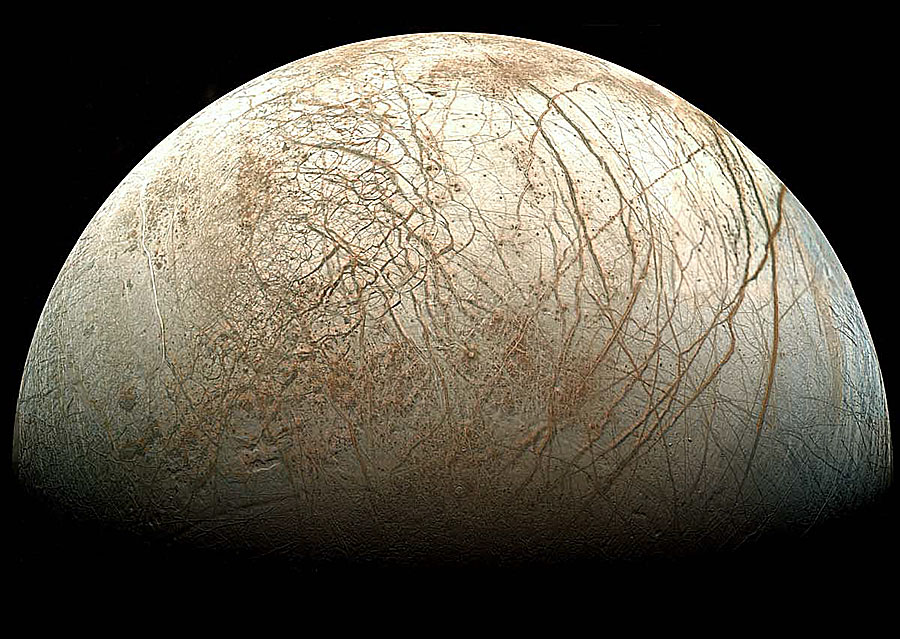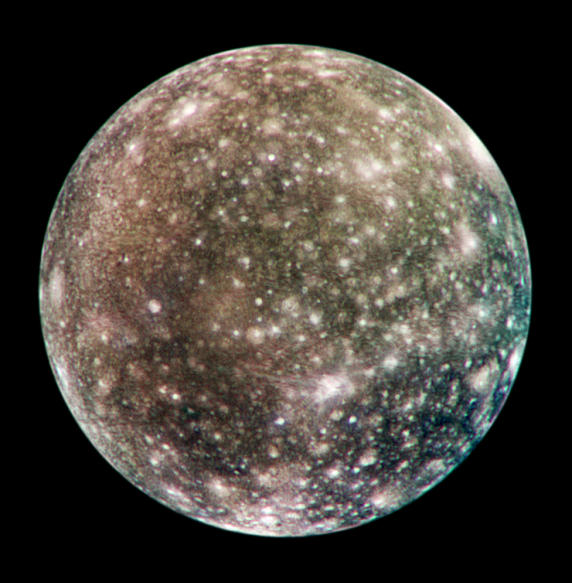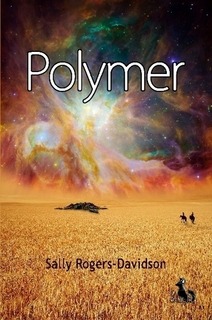Blue Silence by Michelle Marquardt was originally published in 2002 and is sadly now out of print. Although I see it's in stock at Infinitas as of this writing. It was a winner of the George Turner Prize (as my edition proclaims on the cover).
The story opens when a mysterious ship docks with one of the space stations in orbit around Earth. The ship is, on the outside, an exact replica of one that was sent out into deep space 180 years ago, and then never heard from again. The difference? This ship has new drive technology which was only invented a couple of years ago. And instead of the seven original crew members, it's full of stasis pods and five hundred creatures, half of whom look human, half of whom look almost human.
None of the aliens know where they came from or why — they have no memories before waking up docked with the space station — and the authorities on the space station don't really know what to do with them either.
Senator Maya Russini is the leader of the group of people who first board the ship. A mission which one of the group does not return from alive. Are the aliens dangerous? What do they mean for the various political machinations happening within the space station's government and between them and other governments?
I liked Maya. She was an excellent example of a female character that doesn't need to run around kicking people in the head to gain power. She's also secretly a telepath (secret because she didn't register when she turned 21), but in a nice twist, she's the weakest kind of telepath, only able to read emotions, not thoughts. I think Marquardt has done a good job of portraying a society in which women are equal without making a big deal of it. (There are, in the end, more male characters, but that's mostly because the two main aliens are male.)
Her friend Ienne, the Minister for Foreign Affairs, also gets involved with the aliens. Unlike Maya who mostly regards them as suspicious and dangerous, Ienne is always looking for a way to use them to his advantage (there's a treaty they and another space station are wrestling over). He also goes out of his way to be rude to everyone with the occasional exception of Maya.
As I noticed when I was past half-way, Blue Silence is a very character driven story, unusually so for science fiction. The world does not need saving, nor does any war break out. Instead the action comes directly from the interactions between the characters, including two of the aliens who I don't think I can say much about without spoiling key elements. There is excitement and there's no missing the climax, but it's not like a plot driven story where all the action was building up to an inevitable climax and world-saving event. In the end, we know more about the aliens, but we don't know everything. Some answers are only hinted at or presented as speculation. In a way, this was slightly annoying because I like to know all the answers (arguably why I'm a scientist in real life), but it worked for the book. The story wasn't about the people trying to study the aliens, it was about people whose paths happened to cross theirs.
Also, the science, which I feel obliged to comment on, was well done. It wasn't a technology-oriented story, but having been published ten years ago, there was a risk the technology would feel a bit dated now. It didn't. They didn't have smart phones, but they did have pagers which were functionally mobile phones and received the equivalent of email on ubiquitous computers. There was also a discussion on the merits of different kinds of space stations (mimicking Earth versus giant building floating in space) which was interesting.
I highly recommend Blue Silence to anyone looking for something a bit different in their science fiction. It also emphasises the variety we have in the Australian science fiction field, something you might miss if you only looked at the most recent few releases.
4.5 / 5 stars
The story opens when a mysterious ship docks with one of the space stations in orbit around Earth. The ship is, on the outside, an exact replica of one that was sent out into deep space 180 years ago, and then never heard from again. The difference? This ship has new drive technology which was only invented a couple of years ago. And instead of the seven original crew members, it's full of stasis pods and five hundred creatures, half of whom look human, half of whom look almost human.
None of the aliens know where they came from or why — they have no memories before waking up docked with the space station — and the authorities on the space station don't really know what to do with them either.
Senator Maya Russini is the leader of the group of people who first board the ship. A mission which one of the group does not return from alive. Are the aliens dangerous? What do they mean for the various political machinations happening within the space station's government and between them and other governments?
I liked Maya. She was an excellent example of a female character that doesn't need to run around kicking people in the head to gain power. She's also secretly a telepath (secret because she didn't register when she turned 21), but in a nice twist, she's the weakest kind of telepath, only able to read emotions, not thoughts. I think Marquardt has done a good job of portraying a society in which women are equal without making a big deal of it. (There are, in the end, more male characters, but that's mostly because the two main aliens are male.)
Her friend Ienne, the Minister for Foreign Affairs, also gets involved with the aliens. Unlike Maya who mostly regards them as suspicious and dangerous, Ienne is always looking for a way to use them to his advantage (there's a treaty they and another space station are wrestling over). He also goes out of his way to be rude to everyone with the occasional exception of Maya.
As I noticed when I was past half-way, Blue Silence is a very character driven story, unusually so for science fiction. The world does not need saving, nor does any war break out. Instead the action comes directly from the interactions between the characters, including two of the aliens who I don't think I can say much about without spoiling key elements. There is excitement and there's no missing the climax, but it's not like a plot driven story where all the action was building up to an inevitable climax and world-saving event. In the end, we know more about the aliens, but we don't know everything. Some answers are only hinted at or presented as speculation. In a way, this was slightly annoying because I like to know all the answers (arguably why I'm a scientist in real life), but it worked for the book. The story wasn't about the people trying to study the aliens, it was about people whose paths happened to cross theirs.
Also, the science, which I feel obliged to comment on, was well done. It wasn't a technology-oriented story, but having been published ten years ago, there was a risk the technology would feel a bit dated now. It didn't. They didn't have smart phones, but they did have pagers which were functionally mobile phones and received the equivalent of email on ubiquitous computers. There was also a discussion on the merits of different kinds of space stations (mimicking Earth versus giant building floating in space) which was interesting.
I highly recommend Blue Silence to anyone looking for something a bit different in their science fiction. It also emphasises the variety we have in the Australian science fiction field, something you might miss if you only looked at the most recent few releases.
4.5 / 5 stars









 Unlike
Unlike  and I think it was her debut novel. If you enjoyed Spare Parts, give Polymer a go. It's a very different setting, but there are some similarities in outlook (relatively cheery). From a science point of view, it's fairly soft. There's hyperspace and FTL comms but it's not trying to be realistic, so the lack of rigour is in no way abrasive.
and I think it was her debut novel. If you enjoyed Spare Parts, give Polymer a go. It's a very different setting, but there are some similarities in outlook (relatively cheery). From a science point of view, it's fairly soft. There's hyperspace and FTL comms but it's not trying to be realistic, so the lack of rigour is in no way abrasive.








